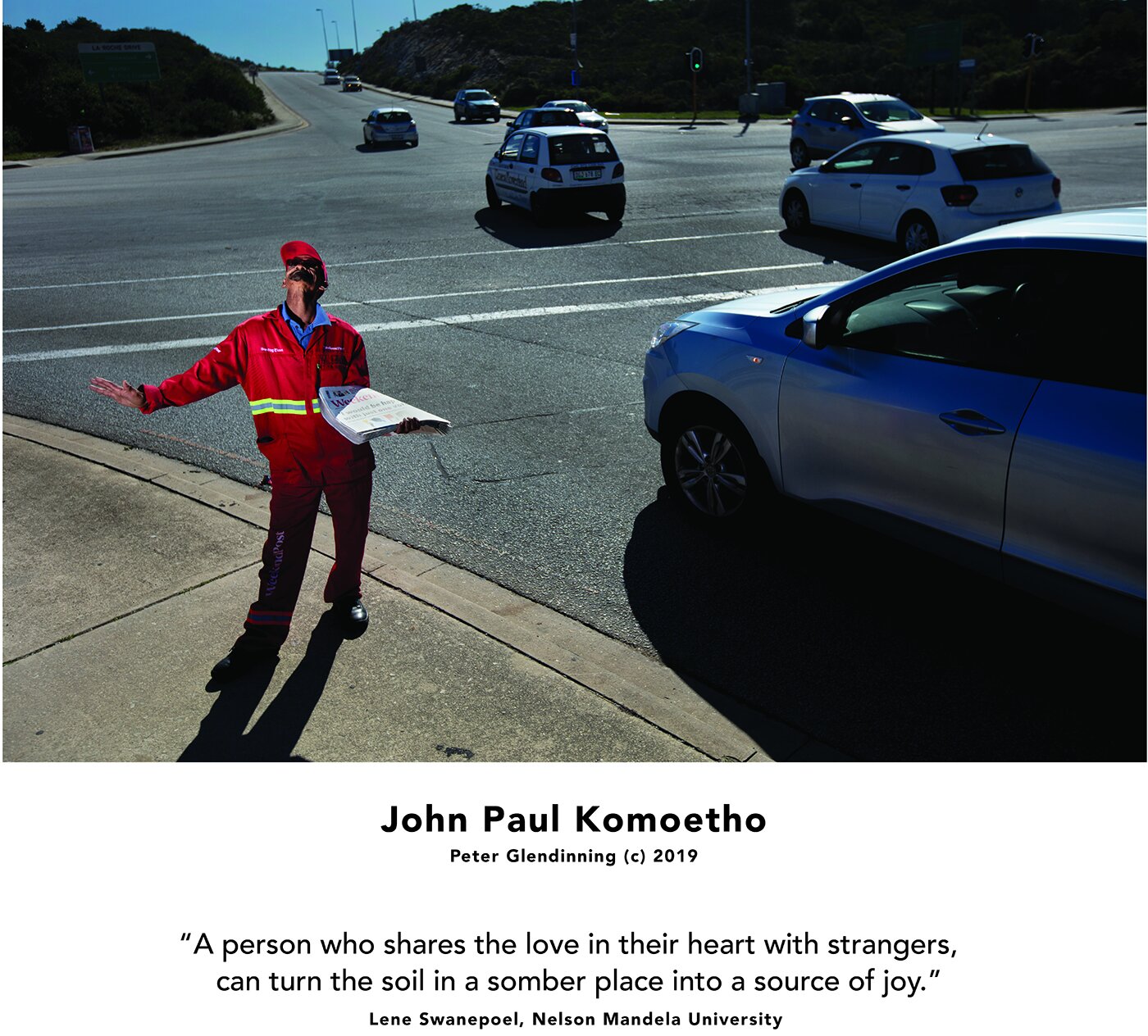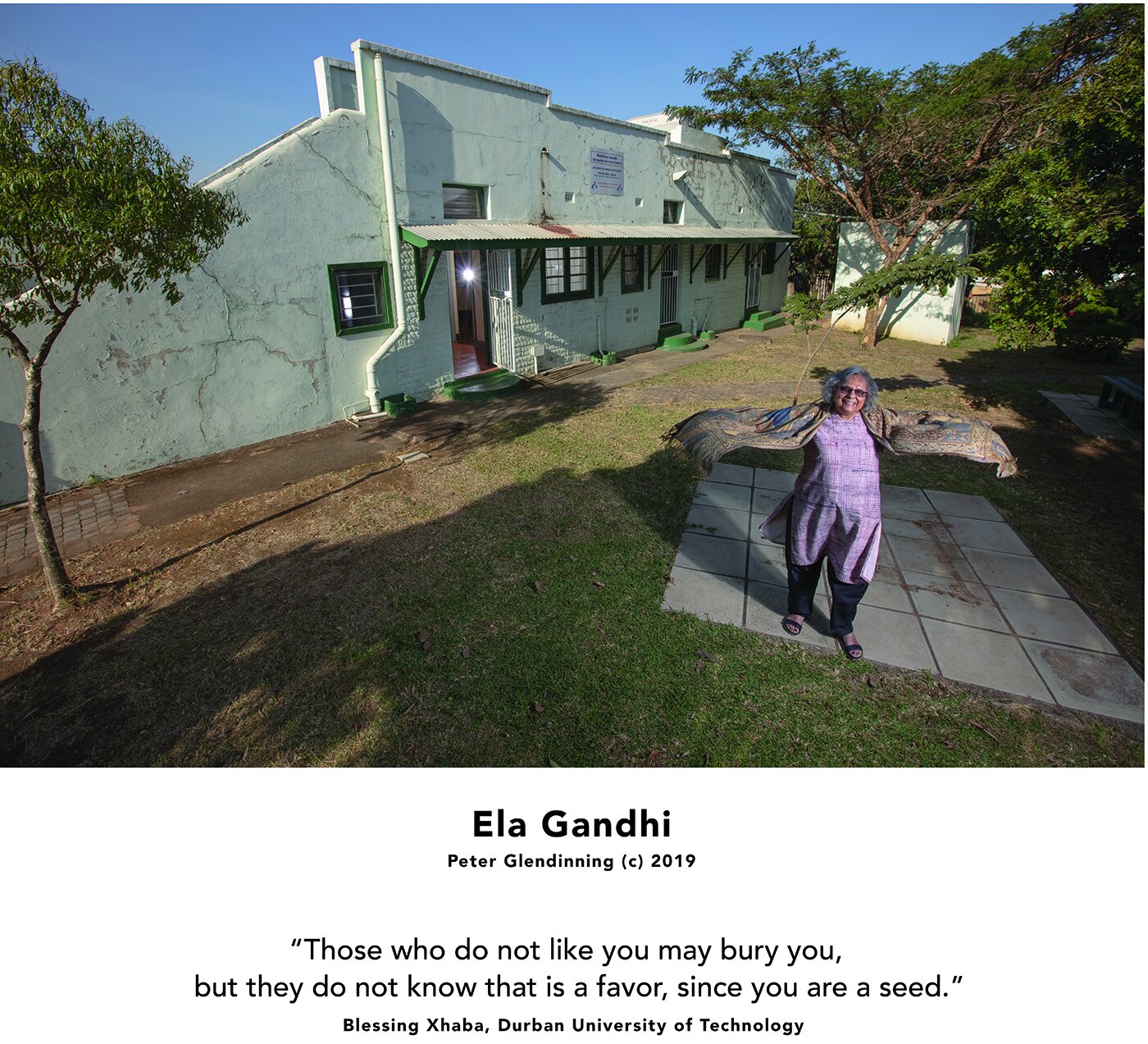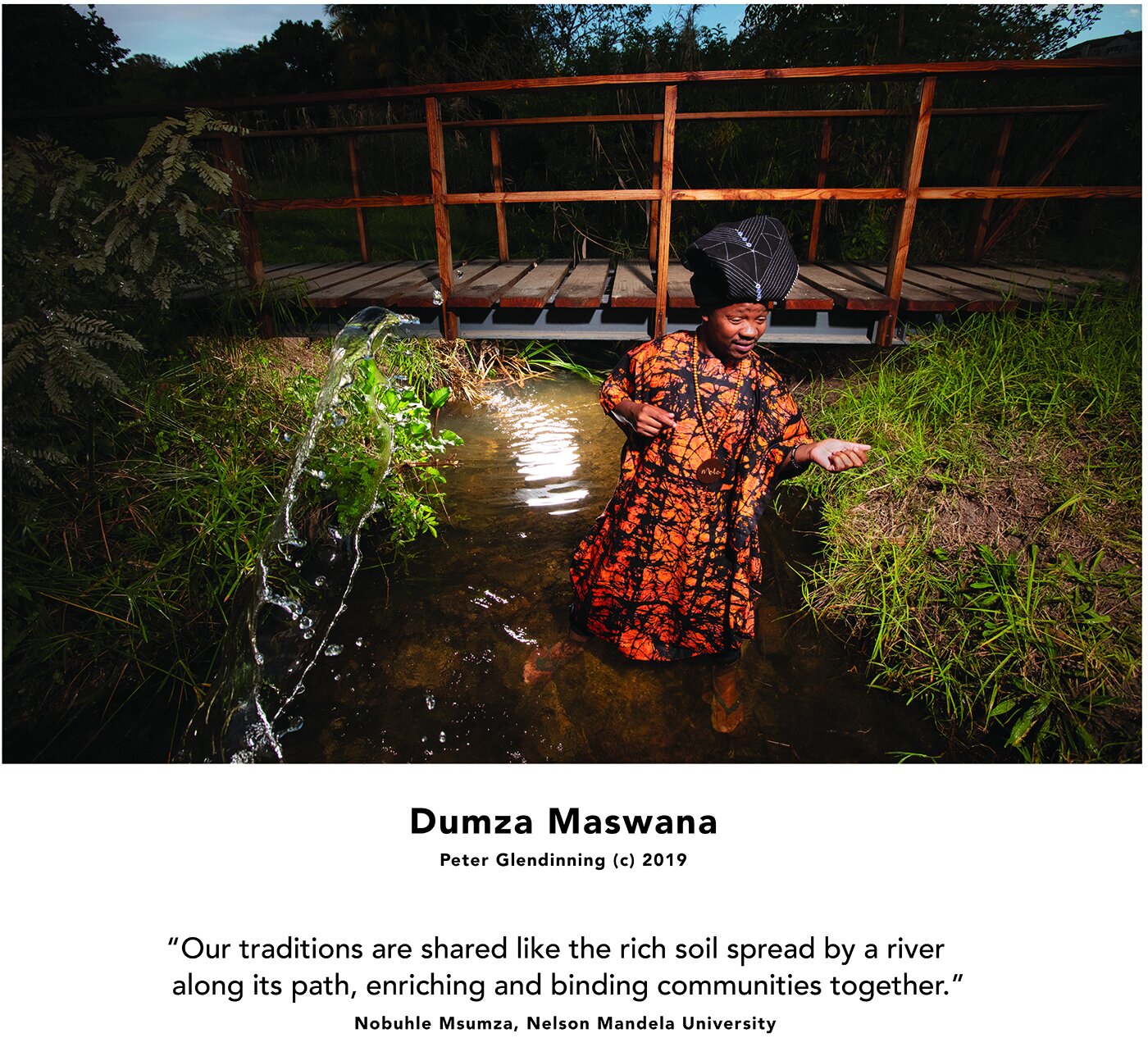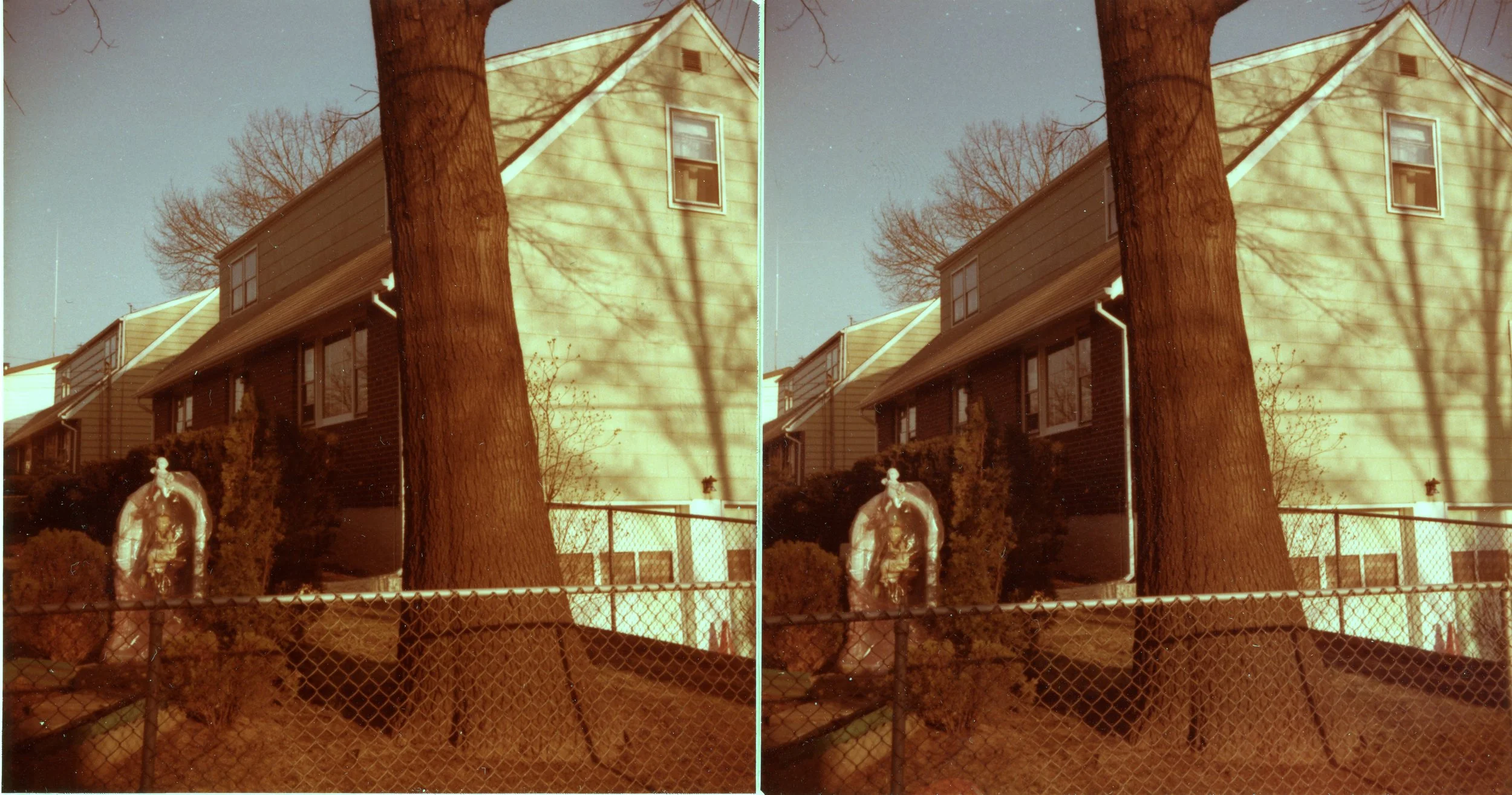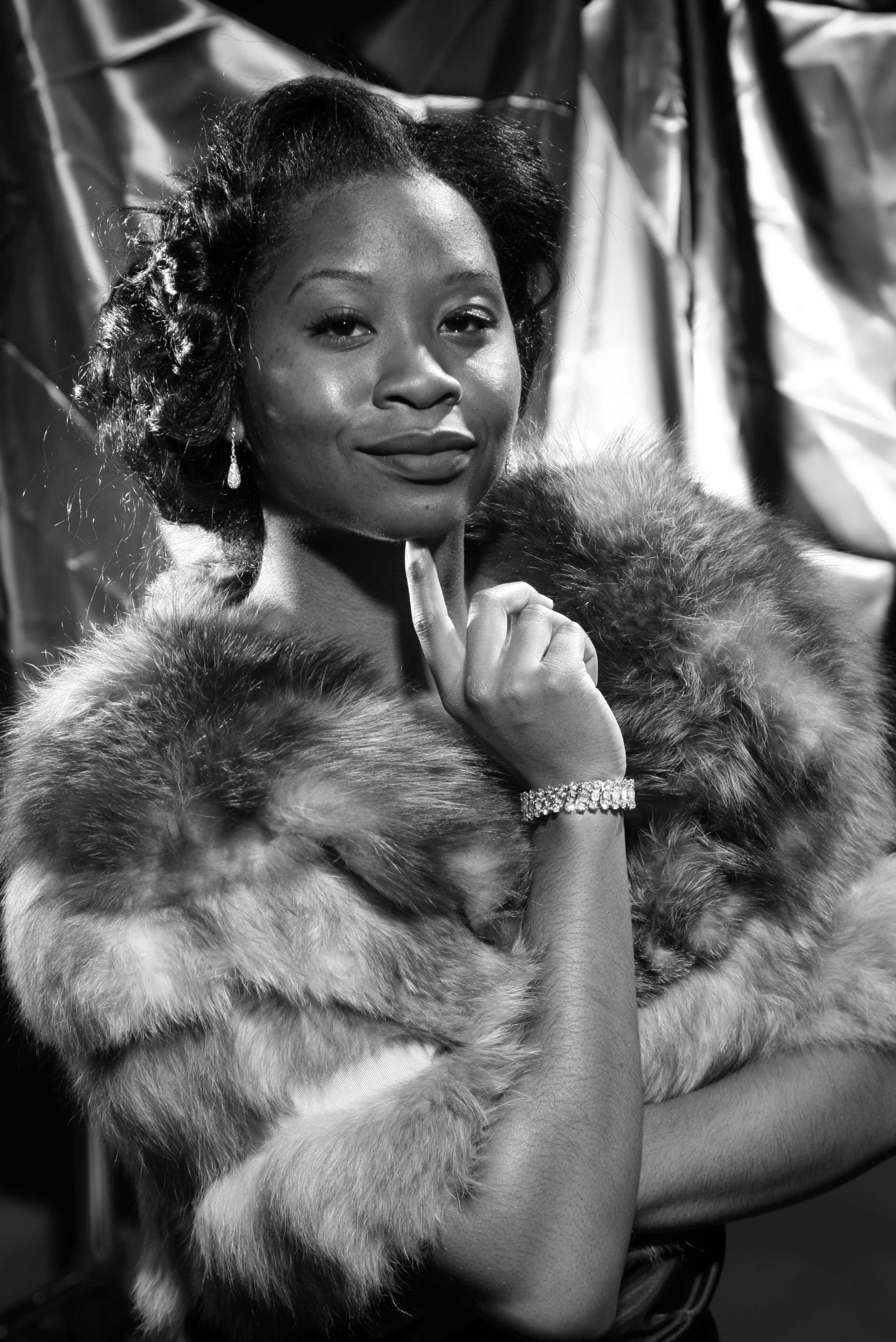What a daunting problem Nelson Mandela faced on 9 May 1994, the day before his inauguration as President of the Republic of South Africa. He knew that when his hand was lowered on May 10, just after taking the oath of office, the whole world would be waiting to hear what his first words would be to his fellow South Africans.
Madiba expressed his aspirations for the new South Africa and its people in a soil-related metaphor, one that is viewed as a true hope for unity, as follows: “To my compatriots. I have no hesitation in saying that each one of us is as intimately attached to the soil of this beautiful country as are the famous jacaranda trees of Pretoria and the mimosa trees of the Bushveld. Each time one of us touches the soil of this land, we feel a sense of personal renewal.” The realities of South Africa today are the result not only of the aspirations expressed in Mandela’s metaphor, but of other personal metaphors by other people, some at variance with his and some not, that have guided powerful political, governmental, social and traditional leaders in the intervening years.
Attached to the Soil was created in 2019, the 25th anniversary year of Mandela’s inauguration, in my collaboration with 48 young people and our 50 portrait subjects. Eighteen of the photographs are housed here. Each work is based on new soil-related metaphors formed by youth in the “Born Free Generation.” Those metaphors reflected their aspirations, as Madiba did his, in the context of a 25-year old nation. The youth who chose to step forward to collaborate realized that just as their daily lives were defined in some ways by the metaphors of those in the past and present, 25 years hence the youth of that era will look to them, the youth of today, and ask, “what was your metaphor, and how is my life and our country the better for it?” My young collaborators also found a person with a story from their life that related in some way to that metaphor, someone who would be willing to collaborate with us to create tableaus, story-telling portrayals that would relate not only to their life but to the realities of the lives of so many others like them. Through listening to oral history interviews with each, a short story was written to complete the three-part portrayals. Any success I had as an artist in creating works that would convey their realities and aspirations depended on the trust of the youth and the portrayal subjects that they would be shared widely, create a larger dialogue, and honored. I hope they feel that trust was well placed.


























